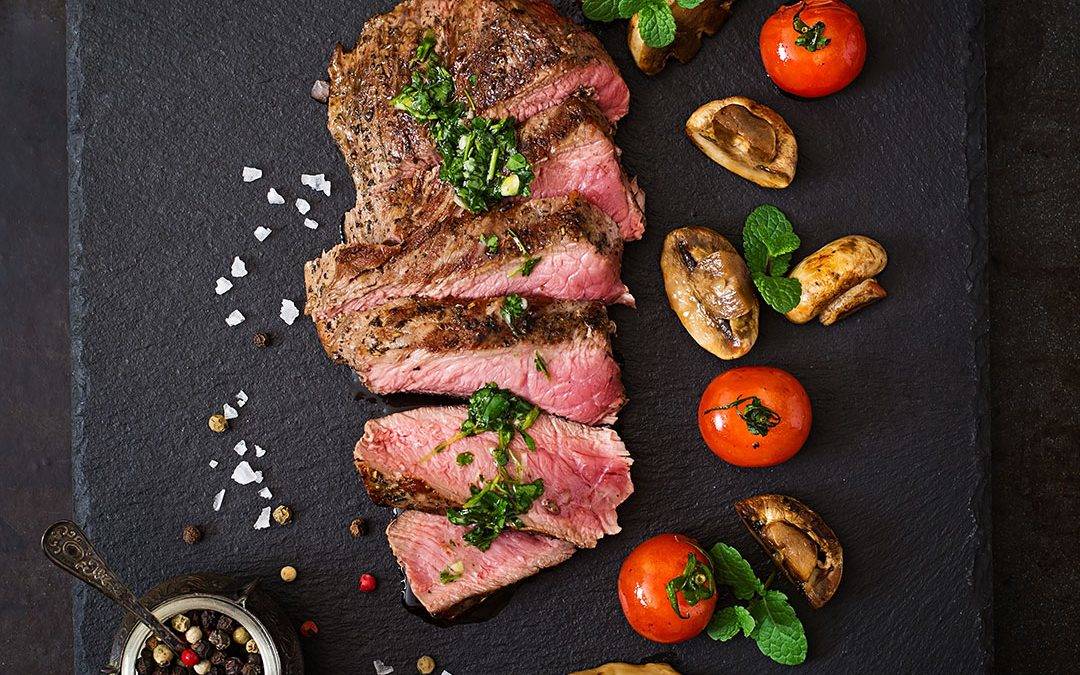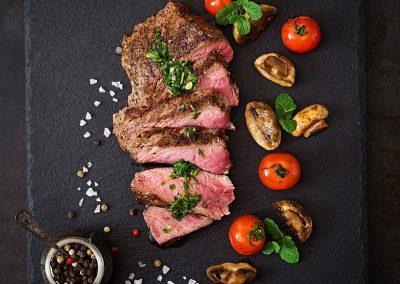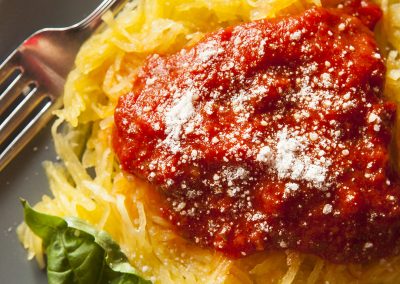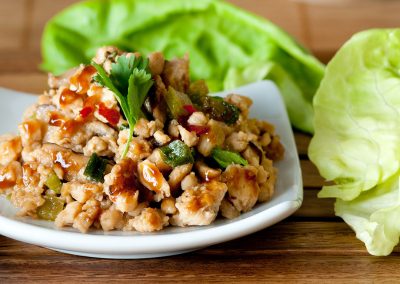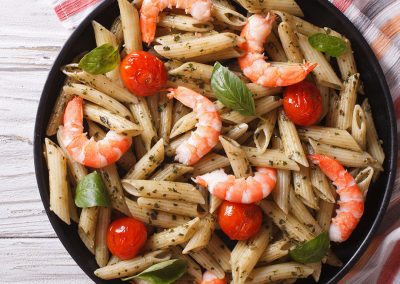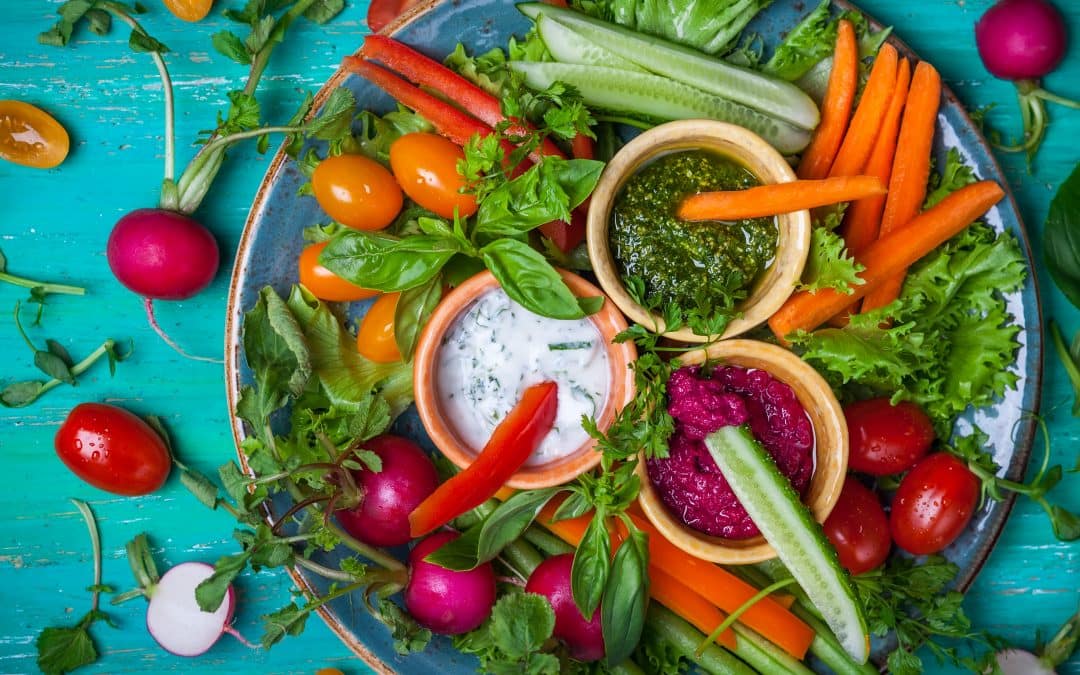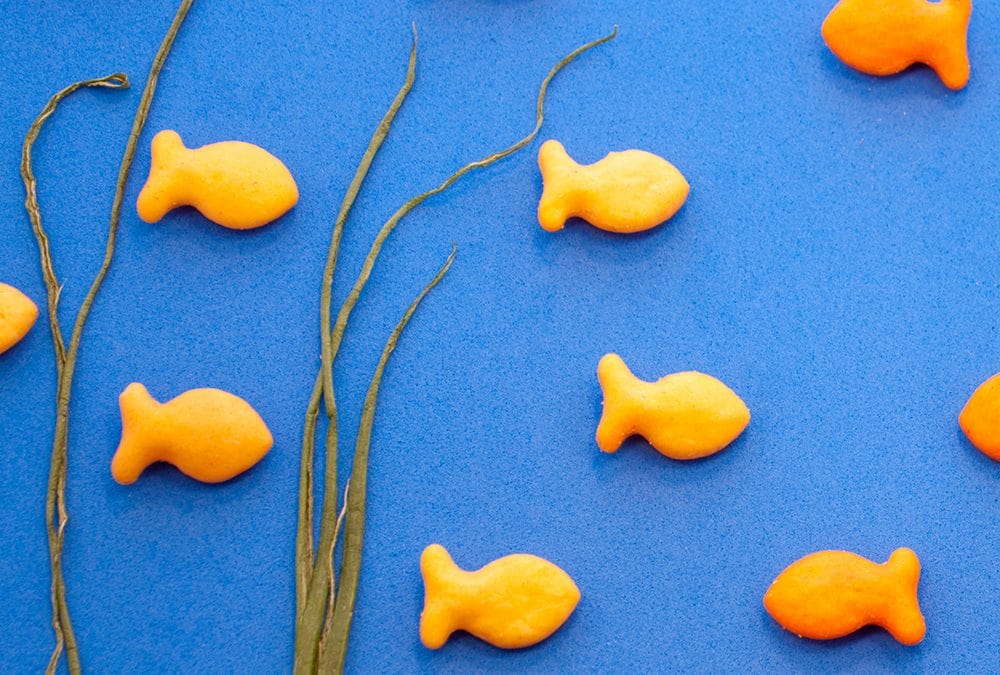Registered Dietitian, Debbie James, shares her thoughts on how a new dieter can effectively approach diet for weight loss.
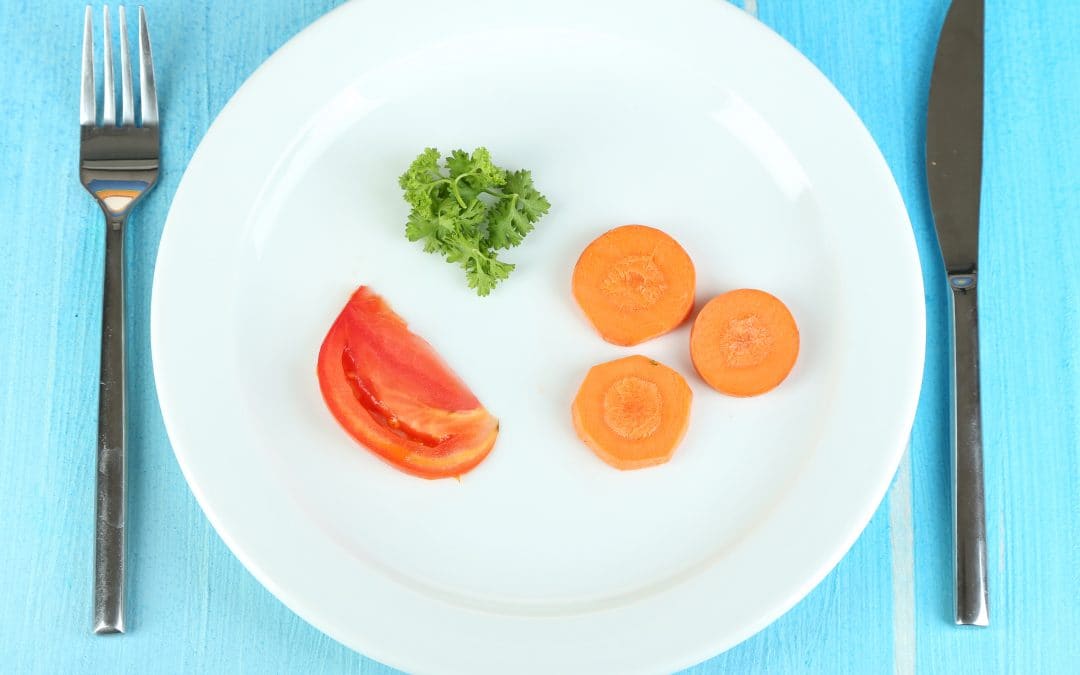
Am I Eating Too Little? | Q+A

Question:
I am a 40 year old male, I currently weigh 260lbs. I have a desk job but I am very active otherwise outdoors and I have started going back to the gym for weight training M-F during my lunch hours and also do 30-40 minutes of cardio 3x a week, in addition to a 6 mile hike and a 10 mile bike ride the other 2 days. On the weekends I am very active usually backpacking or hiking. My goal is to get back down to a healthy 225. I am currently 31% body fat. I use MyFitnessPal to track my calories. My typical day is usually under 1800 calories; I eat pretty healthy consisting of an average of 35% carbs, 25% fat and 40% protein. My goal isn’t necessary to gain huge mass, I would like to maintain my muscle (and get stronger, not necessarily bigger), and drop my fat. My question is, am I eating too little? Since I put myself on an eating schedule, I don’t feel like I am starving myself. I have only been at this routine for the last 10 days or so, and I don’t really expect to see immediate results, but my goal is around 2 lbs. per week. Any help would be greatly appreciated.
– Jason N.

Answer:
At first glance, your caloric intake does seem a bit low for the amount of activity you’re engaged in. However, if you are satiated after meals and aren’t lacking energy as the day progresses, you may be eating enough. Losing 2 pounds per week does take quite a caloric deficit — approximately 7000 calories per week! By eating smart, not more/less, you can maintain your muscle mass while you lose fat weight.
By my calculation, you’re getting at least 150 gm carbohydrate, so you’re meeting your base need there. Your protein intake equates to about 1 gram per pound of fat-free mass, the maximum you’re likely to put to use. Fat provides 450 of your daily calories (50 grams), which is not ample but sufficient. You should be able to maintain your described caloric breakdown as long as you see progress.
Additionally, I’d recommend that you support those workouts by consuming the bulk of your intake in the hours surrounding your physical activity. So if you’re exercising in the morning, eat more then and less at night. Keep up your fiber and fluid intake, as these help you to feel full when volume is down.
– Debbie J., MS, RD
This article should not replace any exercise program or restrictions, any dietary supplements or restrictions, or any other medical recommendations from your primary care physician. Before starting any exercise program or diet, make sure it is approved by your doctor.
Want more? SUBSCRIBE to receive the latest Living Healthy articles right in your inbox!
Ask our Dietitian
 Have a nutrition question? Our registered dietitian is ready to help!
Have a nutrition question? Our registered dietitian is ready to help!
Email nutrition@lafitness.com or submit your question below and it may be featured in an upcoming article!
Recommended Reading
Beverages and Your Body – Podcast Ep. 36
On this episode of the Living Healthy Podcast, we discuss popular beverages and their impact on your health with our Registered Dietitian, Debbie James.
How to Create the Hourglass Illusion
If your goal is to achieve the hourglass figure, we’re sharing how you can create the illusion of curvy hips even if you weren’t born with them.





